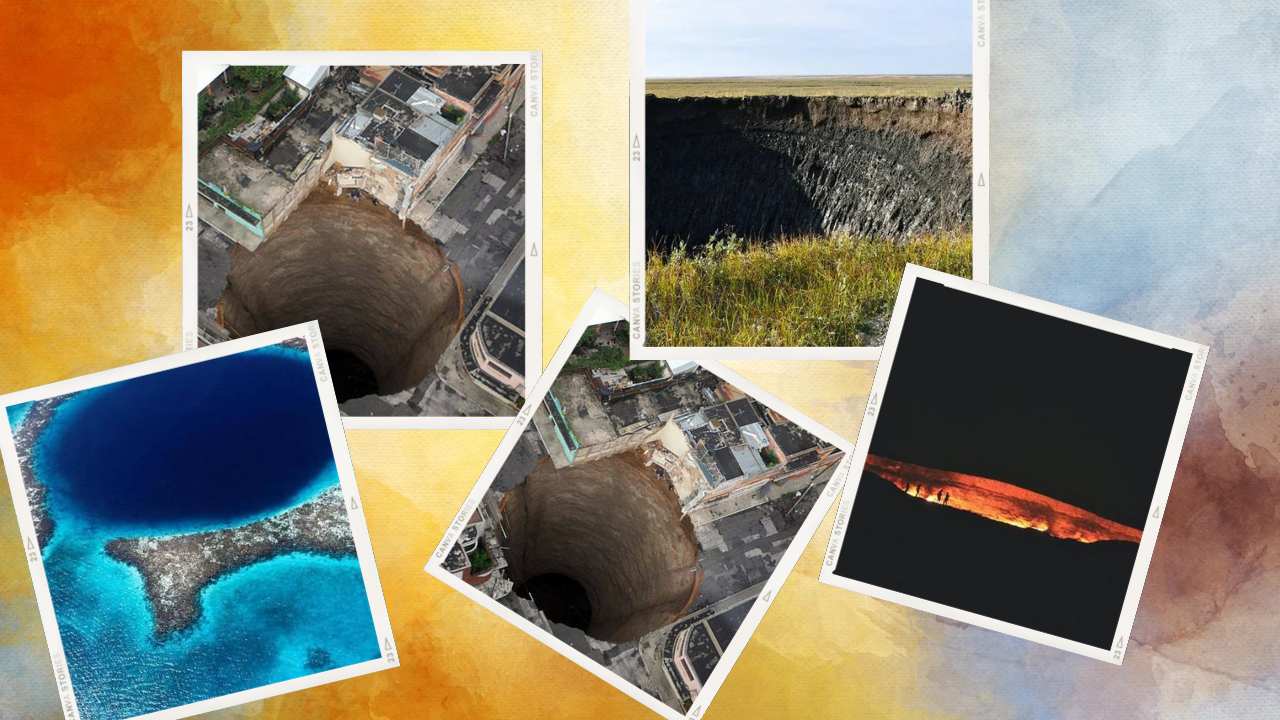There are many mysterious holes on Earth that have puzzled scientists and the general public alike. From giant sinkholes in the ocean to natural gas fields that have been burning for decades, these holes have captured the imagination of people all over the world.
We will take a closer look at 10 of the most mysterious holes on Earth and explore some of the theories about their origins and unique features.
From the Great Blue Hole in Belize to the Devil’s Kettle in Minnesota, these holes are truly fascinating and worth learning more about.
Let’s have a look at some of the most mysterious holes on earth.
1. The Great Blue Hole in Belize
A giant sinkhole in the ocean that is over 300 meters wide and 125 meters deep.
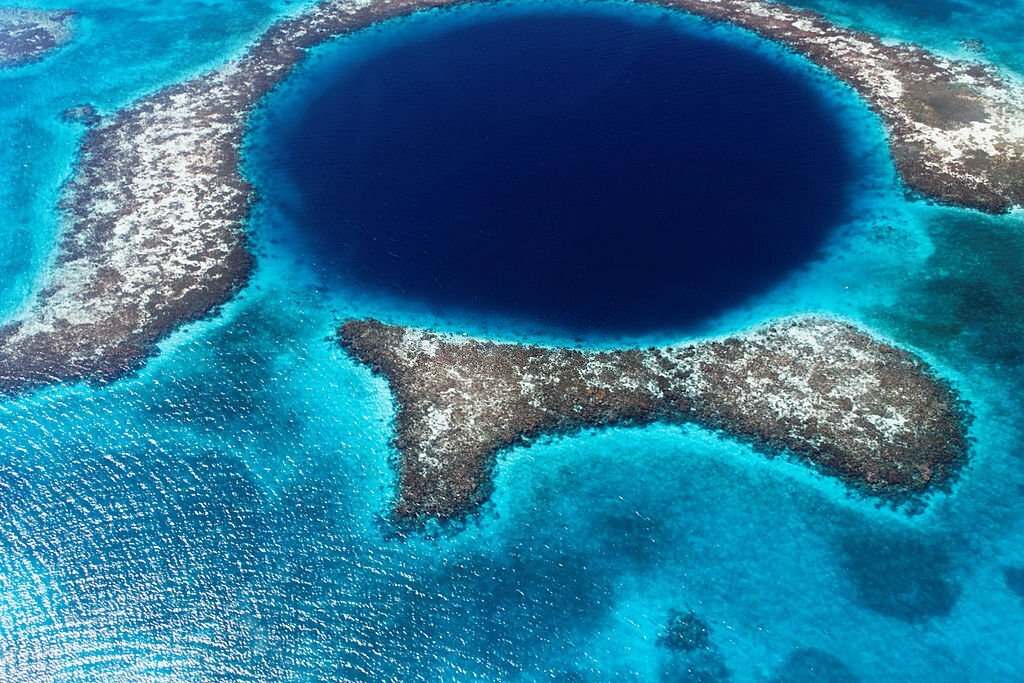
The Great Blue Hole in Belize is a giant sinkhole in the ocean that is over 300 meters wide and 125 meters deep.
It is located off the coast of Belize and is part of the larger Belize Barrier Reef Reserve System, which is a UNESCO World Heritage Site.
The hole was formed during the last ice age when sea levels were much lower, and it is believed to be the world’s largest natural formation of its kind. The hole is a popular destination for scuba divers, who come to explore its depths and the diverse marine life that lives there.
2. Dean’s Blue Hole
A large 200 meters underwater sinkhole on Long Island in the Bahamas

It is the deepest known blue hole in the world, with a depth of over 200 meters. The hole was named after the Bahamian sponge diver and explorer William Dean, who discovered it in the early 1970s.
Dean’s Blue Hole is a popular destination for free divers, who come to the area to test their abilities and set new records for deep diving.
It is also a popular spot for scientific research, as the unique conditions of the hole make it an ideal location for studying marine life and other underwater phenomena.
The crystal-clear waters of the hole make it an ideal location for scientific research, and many studies have been conducted there. Scientists have studied the hole’s unique ecosystem, the geology of the area, and the effects of deep diving on the human body.
3. The Darvaza gas crater in Turkmenistan
A natural gas field that has been burning for decades, earning it the nickname “The Door to Hell.”

The crater is located in the Karakum Desert, and it is thought to have formed in 1971 when Soviet engineers were drilling for natural gas.
The ground beneath the drilling rig collapsed, creating a large crater that released a large amount of natural gas.
To prevent the gas from spreading, the engineers set it on fire, and it has been burning ever since. The crater is now a popular tourist attraction, and visitors come from all over the world to see the fiery pit.
4. The Devil’s Kettle in Minnesota
A waterfall that seems to disappear into the ground, with no signs of where the water goes.
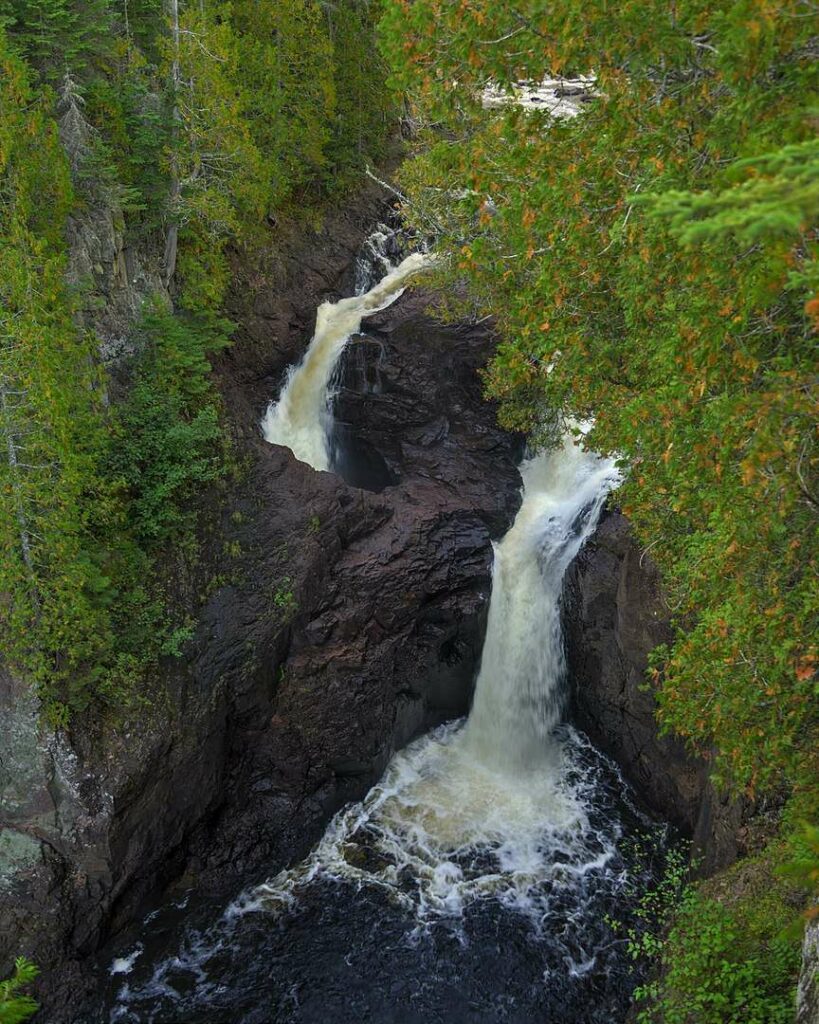
The Devil’s Kettle is a waterfall on the Brule River in Minnesota that is known for its mysterious properties. The waterfall is located in Judge C.R. Magney State Park, and it is formed where the Brule River splits into two branches.
One branch flows over the main falls and into Lake Superior, but the other branch seems to disappear into the ground. Despite numerous attempts to trace the water’s path, no one has been able to determine where it goes.
Some theories suggest that the water flows underground to reemerge elsewhere, while others suggest that it may enter a parallel universe or another dimension. The mystery of the Devil’s Kettle remains unsolved.
5. The Morning Glory pool in Yellowstone National Park
A colorful hot spring that has a mysterious tunnel at the bottom.
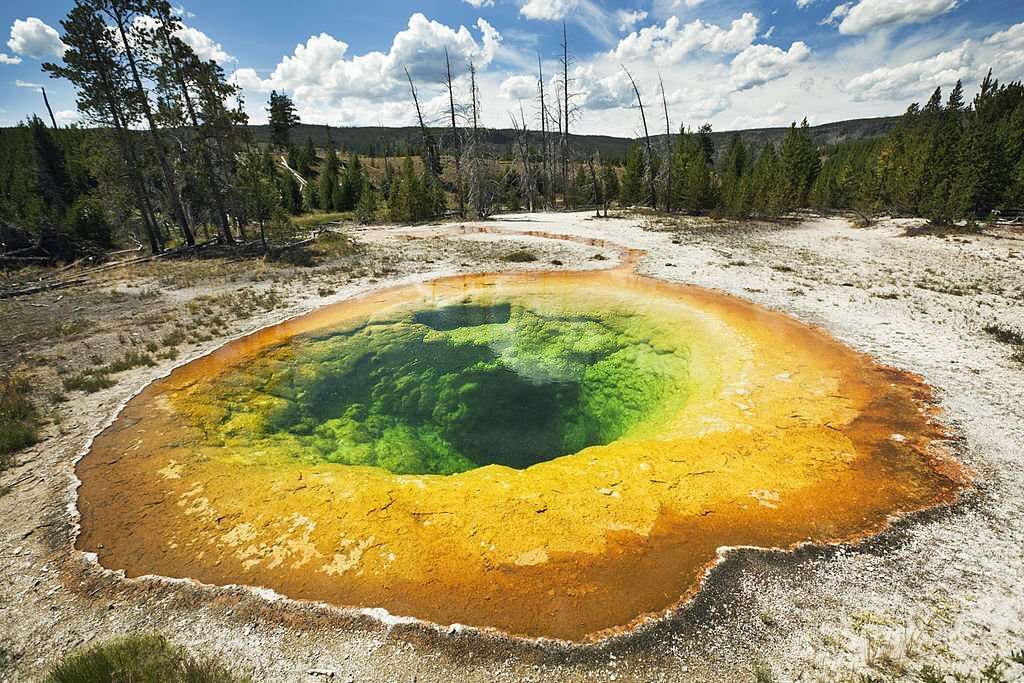
The Morning Glory pool is a hot spring located in Yellowstone National Park in the United States. The pool is named for its distinctive shape and colors, which are said to resemble the morning glory flower.
The pool is located near the Upper Geyser Basin, and it is one of the park’s most popular attractions. The pool’s colors are caused by thermophilic bacteria that thrive in the hot water, and the colors can range from blue and green to yellow and orange.
The pool is also known for its mysterious tunnel at the bottom, which has never been fully explored.
6. The Richat Structure in Mauritania
A large, circular formation that is visible from space.

The Richat Structure, also known as the “Eye of the Sahara,” is a large, circular formation in the desert of Mauritania in northwest Africa.
The structure is over 40 kilometers in diameter, and it is visible from space. The origins of the Richat Structure are uncertain, but it is thought to have formed as a result of erosion over millions of years.
It consists of a series of concentric rings made up of sandstone and other sedimentary rocks, making it a popular destination for geologists and other scientists, who come to study its unique features and the surrounding desert ecosystem.
7. Mount Baldy sand dune, Indiana
The tallest dune in the park, standing over 120 meters in height with a distinctive bald shape.
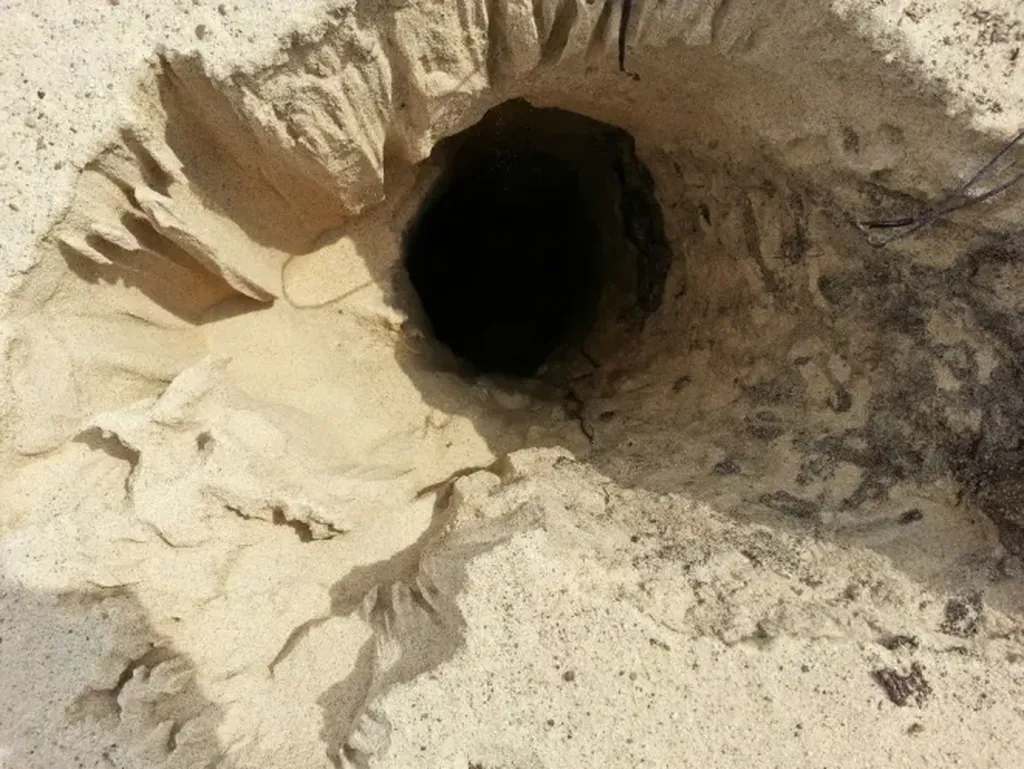
Mount Baldy is a large sand dune located in the Indiana Dunes National Park on the southern shore of Lake Michigan. The dune is named for its distinctive shape, which resembles a bald head. It is the tallest dune in the park, standing over 120 meters high.
The dune is a popular spot for hiking and sandboarding, and it offers stunning views of the surrounding area. The dune is constantly changing due to the wind and other weather conditions, so its appearance can vary from day to day.
Mount Baldy began to take shape 4,500 years ago, when the water level in Lake Michigan plunged about 20 feet, revealing vast fields of sand to the will of the wind.
In a freak accident it once swallowed an eleven-year child who was fortunately rescued, since then, the dune had intrigued scientists not because it defied any principles of windblown sand, but because it followed them all too enthusiastically.
Most dunes on the Indiana lakeshore are forested. But Baldy is a “blowout” — a victim of some ancient force—a violent storm, a dramatic change in wind direction—that scalped the dune of the plants and trees whose roots once held it in place. And like an animal freed from its cage, Baldy began to roam.
8. Guatemala City sinkhole
A sinkhole that grew to over 60 meters wide and more than 20 meters deep just by a ruptured sewer line.
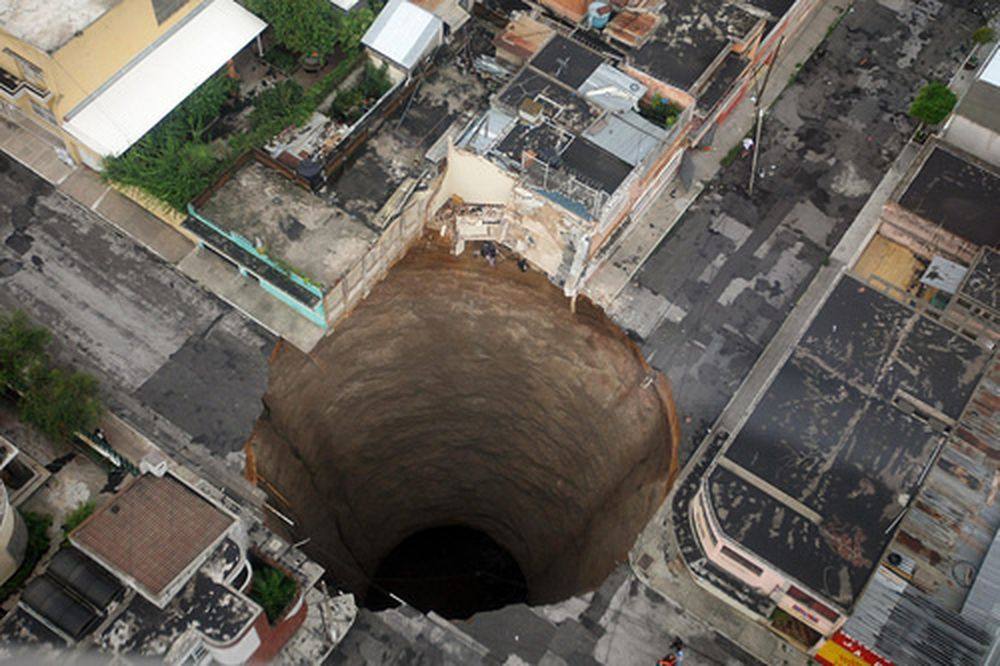
The Guatemala City sinkhole is a large sinkhole that formed in the center of Guatemala City in 2010. The sinkhole was caused by a ruptured sewer line, and it quickly grew to over 60 meters wide and more than 20 meters deep.
The sinkhole caused significant damage to nearby buildings and infrastructure, and it resulted in the unfortunate deaths of three people.
The sinkhole also attracted widespread attention and anxiety, leading the government to declare a state of emergency in the affected area. The sinkhole was eventually filled in and sealed, but it remains a potent symbol of the challenges facing Guatemala City and other rapidly growing urban centers.
9. Siberia’s exploding craters
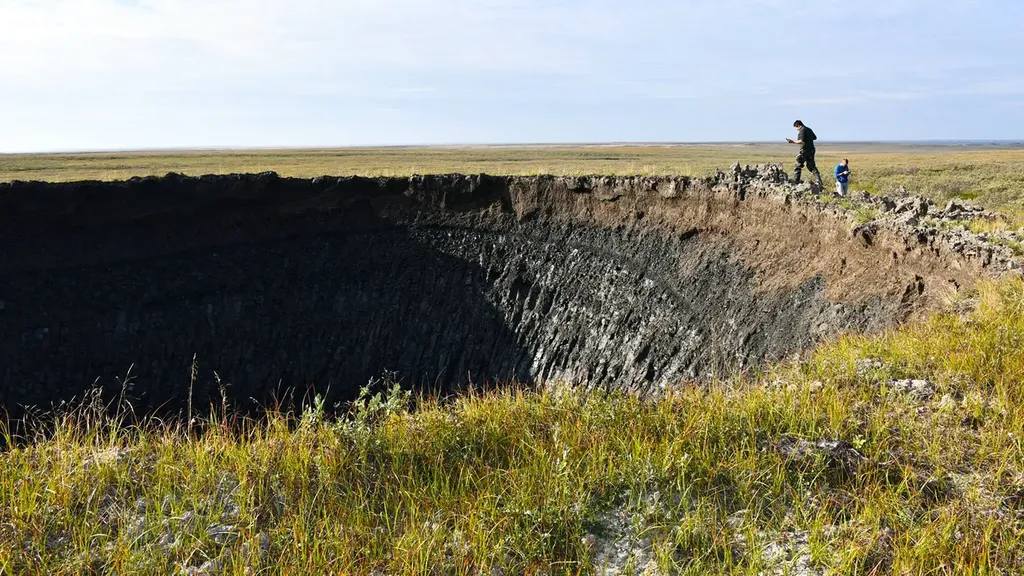
Enormous wounds are appearing in the permafrost – as something that is worrying scientists bursts out from underground.
There have been several mysterious craters reported in Siberia, particularly in the Yamal Peninsula region. These craters, which have been dubbed “the gates to the underworld” by local residents, are thought to have been caused by a mixture of thawing permafrost and methane gas explosions.
Scientists believe that as the permafrost thaws, it releases methane gas that has been trapped underground, and the pressure of the gas can cause the ground to explode, forming the craters.
The craters have raised concerns about the effects of climate change on the region, as thawing permafrost could release large amounts of methane, a potent greenhouse gas, into the atmosphere.
But the exact mechanism that is causing these enormous holes in the permafrost to appear and how suddenly they form is still largely a riddle.
There are also unanswered questions about what they mean for the future of the Arctic, along with the people who live and work there.
For many of those who study the Arctic, they are a troubling sign that this cold, largely unpopulated landscape in the north of our planet is undergoing some radical changes.
10. Giant hole Antarctic sea ice
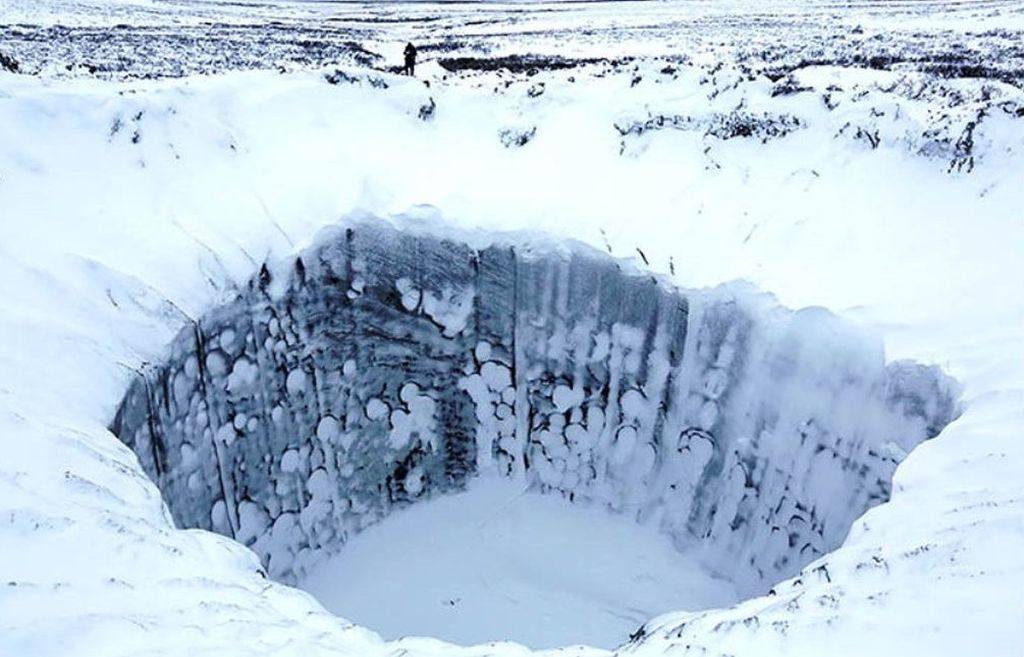
A few years ago, a giant hole opened up in the Antarctic sea ice, capturing attention around the world. Not since the 1970s had such a chasm appeared in the mid-ocean ice of the Weddell Sea. Scientists showed in previous research that ocean processes and cyclones contributed to the hole.
These holes, which are also known as “polynyas,” can be caused by a variety of factors, including the movement of ocean currents, the presence of warm water beneath the ice, and the effects of wind and waves.
Polynyas are important because they allow for the exchange of heat, salt, and other substances between the ocean and the atmosphere, which can affect the climate and ocean circulation in the region.
In recent years, there have been a few instances of unusually large polynyas forming in the Antarctic sea ice, but these events are not entirely uncommon and do not necessarily indicate anything unusual or concerning.
